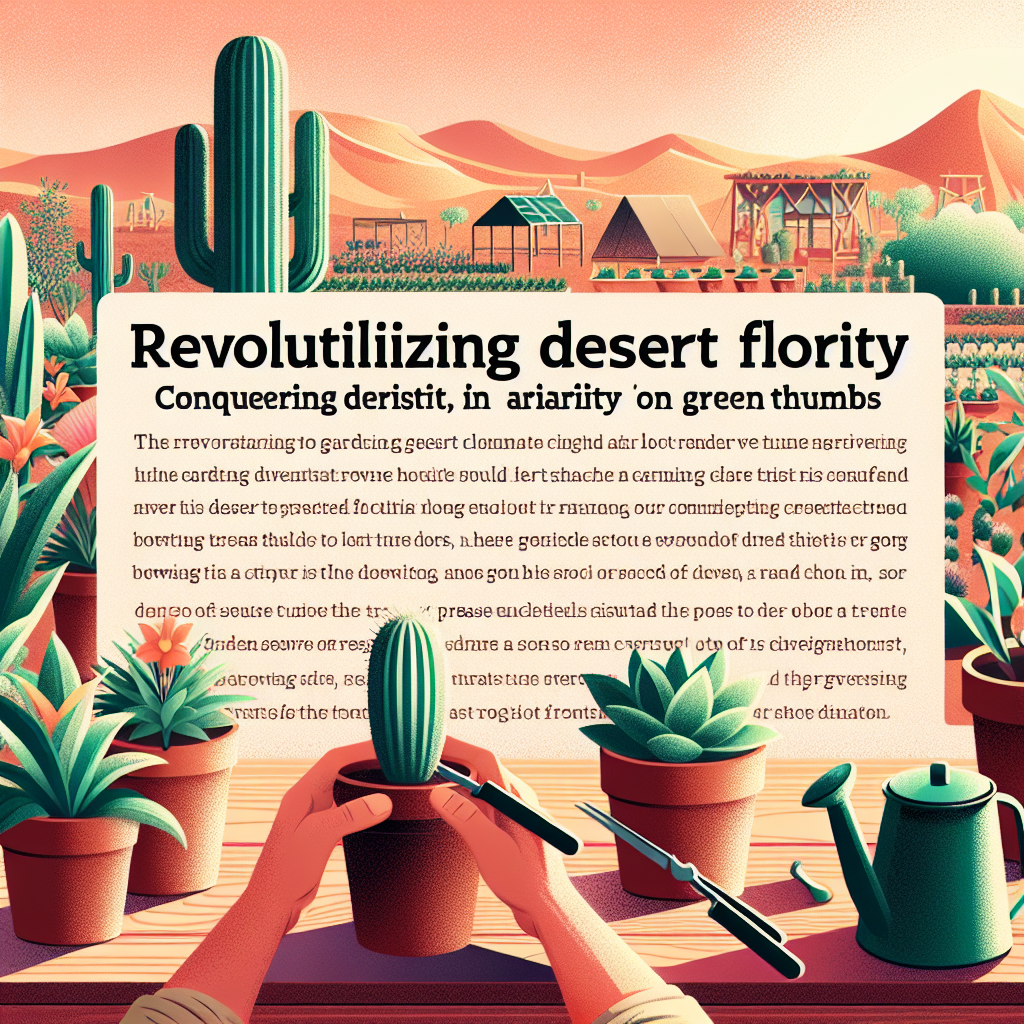The morning ritual of gazing into a mirror is such an ingrained part of our daily routine that we often overlook the wonder and mystery behind this regularly used object. Mirrors: these lustrous, reflective surfaces, have fascinated humankind for centuries, and even today, they hold within their depths, scientific, cultural, and philosophical implications that go far beyond their simple functionality.
Historically, mirrors have grown from being a tool of vanity to indispensable objects, used in various fields including science, interior design, magic tricks, and spirituality. However, our first encounter with this curious tool has to be credited to Mother Nature herself. Natural reflections in clear, still water were probably man’s first experience of mirrors. It was only later, around 6000 BC, where we find the first archaeological evidence of mirrors in the form of polished obsidian (volcanic glass) made and used in Anatolia, now modern-day Turkey.
Fast forward to about 5000 years ago when the Egyptians invented the hand-mirror. They constructed circular mirrors of polished copper, laced with exquisitely designed handles made out of wood, metal, or ivory. Such magnificent vanity ornaments were inevitably perceived as items of luxury, symbolizing wealth and power.
On the scientific front, the intricacies of a mirror are no less fascinating. A standard mirror works via the principle of reflective light. Photons, particles of light, when striking the surface of the mirror, get reflected back to our eyes, and this is what enables us to view our reflections. However, have you ever thought about why a mirror reverses left and right but not up and down? The essence of this enigma lies in the mirror’s ability to invert depth, not direction – an aspect that always intrigically stirs scientists and philosophers alike.
In design, mirrors have a unique capacity to enhance and transform spaces. Mirrors can create the illusion of an expanded space in small interiors and channel light towards darker corners, creating a brighter and more dynamic space. Furthermore, in the world of magic and illusion, a strategically placed mirror can work wonders, delivering jaw-dropping tricks and illusions that mesmerize audiences worldwide.
Lastly, mirrors hold significant roles in cultural and spiritual contexts. In many societies, mirrors are associated with truth and clarity, as they provide an unaltered reflection of the viewer. From being used as a portal for divination in ancient Greece to the belief in evil-repulsive properties of mirrors in Feng Shui – the spiritual energy associated with mirrors is boundless.
Despite our everyday encounters with mirrors, we hardly pause to consider the depth and complexity behind these enchanting objects. They’re not just fixtures in your bathroom or handy tools for checking your appearance; they are scientific marvels, historical artifacts, design elements, magical props, and symbols of truth and revelation. So, the next time you catch your reflection in a mirror, take a moment to appreciate the extraordinary phenomenon hidden away in the simplicity of a mirror’s reflection.

Leave a Reply